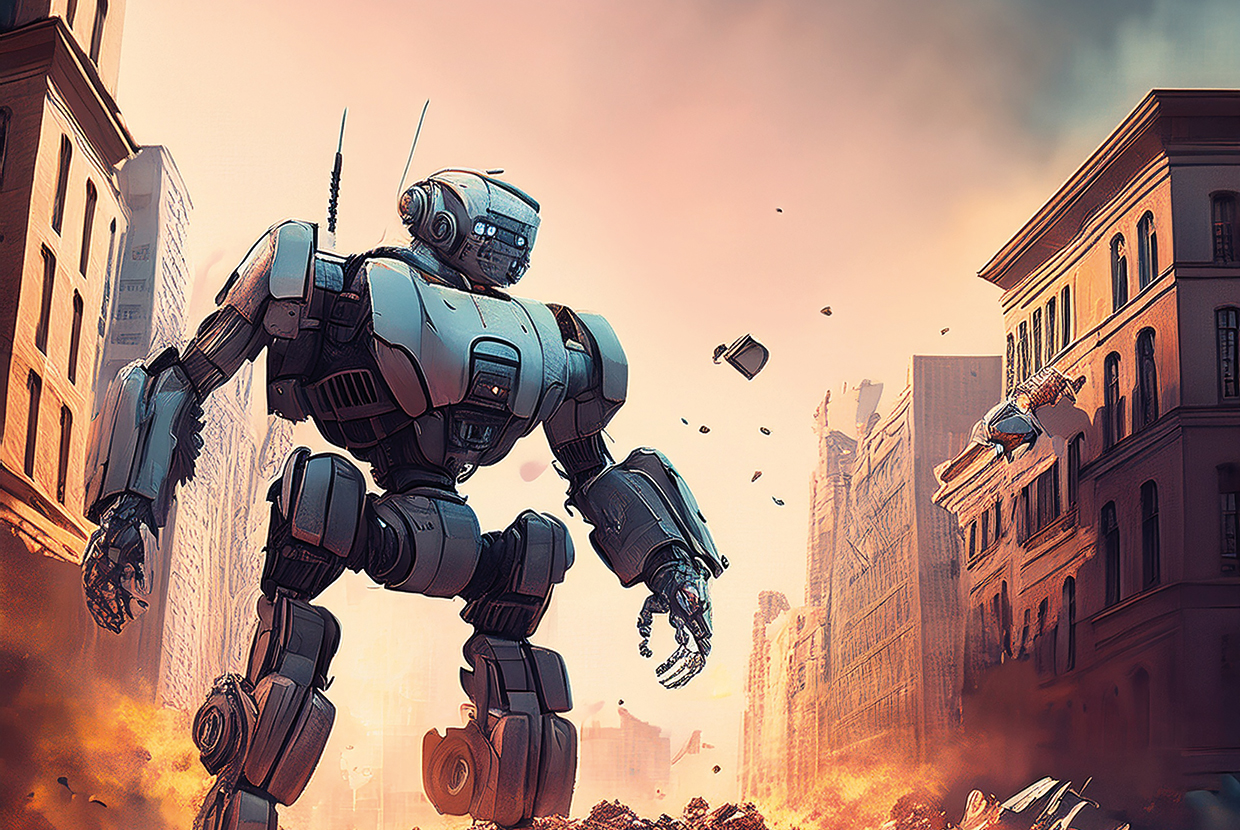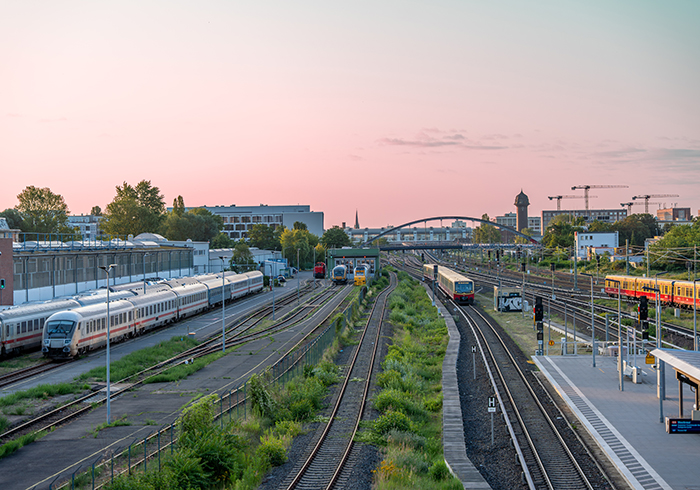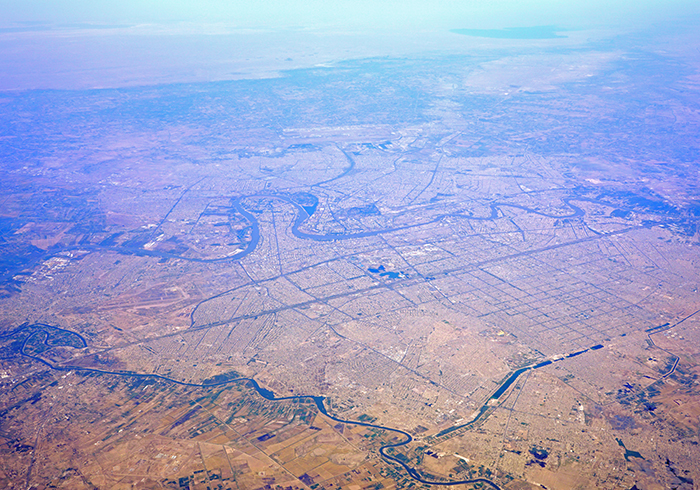There is growing angst in the trade finance community about the future of its workforce. Banks say they are on the cusp of a wave of retirements but aren’t seeing enough fresh talent coming through the door, and the arcane practice of document checking, long a staple in trade finance careers, appears most affected. But can a technological revolution save the day? Jacob Atkins reports.
Trade finance has a new favourite gap.
Talk of the trade finance gap – the huge mismatch between financing supply and demand – has long loomed large over industry events. But lately, worries over a new chasm, the “talent gap”, have been growing more acute.
Sector leaders are presiding over workforces where average ages are ticking ever higher. Bank and corporate employees with decades of experience, such as in the labyrinthine world of documentary credits and the art of structuring trade transactions, are eyeing an exit to enjoy their carefully accrued pensions.
“We are all concerned about the dwindling number of people who have the skill sets and those skills not being passed on,” Chris Ash, head of trade finance at Shard Credit Partners, said in April at the GTR Future-Proofing Trade Finance London event. “I am quite concerned about the fact that there are only a few of us left.”
Some large banks in wealthy countries have also shifted the bulk of their trade operations roles to low-wage economies in regions like South Asia, according to compliance technology provider Complidata, removing the technical experts from close proximity to colleagues and clients.
Many banks “have tons of people that are probably near or at the age of retirement, and they have a really good skill set”, says Michael Salerno, vice-president of international banking at US regional lender the First National Bank of Omaha. “But the biggest challenge is there’s no way to backfill them.”
Trade finance is rarely taught as a standalone subject at universities and business schools. The sector struggles to attract graduates who may find the apparent glamour and fat pay packets offered by investment banking more alluring. The esoteric world of trade looks dull by comparison.
Among the new talent that is entering trade finance, most are keen on client-facing jobs that involve international travel, commissions, and the excitement of closing deals with big companies – not sitting at a desk in a remote middle office poring over stamps, signatures and container weights.
The share of global trade facilitated by letters of credit (LCs) has gradually declined in recent years, according to 2020 Swift data cited by the International Monetary Fund, as companies feel more comfortable trading on an open account basis or opt for newer products such as supply chain finance.
But LCs remain widely used, and in some developing countries, regulators require exporters or importers to use them. Bankers have also tipped that there may be a resurgence in the use of LCs and other forms of documentary credits as US President Donald Trump’s aggressive trade agenda threatens to reshape supply chains and long-established trading relationships.
Doc checkers, as they are known, scour documents such as LCs, bills of lading, invoices, packing lists and certificates of origin to make sure everything aligns with the ICC rules on documentary credits – flagging any inconsistencies that could delay or derail a trade transaction.
Those workers are also the front line against trade finance fraud. A minute detail in a seemingly innocuous set of papers could indicate that the transaction is bogus, meaning tens of millions of dollars could hinge on whether staff decide to wave the documents through, or start asking questions.
For years, one of the most common career paths in trade has been for new entrants to spend their first few years cutting their teeth in operations, before moving on to other areas like structuring, origination and leadership.
But that well-trodden path is seen as having dried up, particularly in developed markets. Now, many banks are eagerly turning to a new solution for the dwindling trade experts: artificial intelligence.
A new age
Banks started taking digitalisation more seriously during the Covid-19 pandemic, but it was the 2022 launch of OpenAI’s generative AI tool ChatGPT that propelled AI into the public consciousness – not just as a sci-fi concept but as a force capable of shaking up global markets and ushering in a new age of human development.
Now, like most large businesses, almost every bank is scrambling to figure out how the technology can boost returns.
In the last few years, big names in trade finance have started seriously engaging with companies that promise AI can more quickly and accurately handle most of the work done by trade operations staff, especially doc checkers.
A host of fintechs have brought AI doc checking and compliance tools to the market, including Cleareye, Complidata, Conpend and Traydstream. Cleareye, a US fintech, has secured the business of banks including JP Morgan and the UK’s Lloyds Bank. Traydstream has rolled out its product to the likes of Standard Bank and Yes Bank.
In addition to comparing transactional documents and speeding up data entry, the tools typically scan data for possible indications of sanctions-busting activity and trade-based money laundering.
“The idea is to help automate our workflow end to end, [to] digitise it and use AI to support the work that is repetitive and manual,” says Surath Sengupta, head of trade and working capital at Lloyds Bank of the lender’s use of Cleareye.
In addition to becoming a Cleareye client, JP Morgan took a minority stake in the company two years ago. The bank says on its website that it saw an “urgent need” to digitise its trade finance back office.
Sameer Sehgal, chief executive of London-headquartered Traydstream, says his platform can currently handle around 50-70% of the “mundane” work that human beings currently do.
“The one thing we learnt [about] machines is that they do the same thing again and again, very, very well,” he tells GTR. “Humans tire; machines don’t.”
Sehgal says that in the company’s early years, the AI models were barely better than humans’ output, and sales were slow. But after constant rework and experimentation, a tipping point was reached in around 2020.
The company can constantly augment the AI’s inputs, he says, so at some point, the number of rules the AI can run far exceeds the capacity of a human being. Nowadays, AI usually finds many more mistakes in a document than a human does.
Experience lost?
Using AI to carry out tasks that were previously the stepping stones into trade finance poses its own kind of challenge to the trade finance talent gap. As Aneesh Raman, LinkedIn’s chief economic opportunity officer put it in a New York Times opinion article in May, there are growing signs that “artificial intelligence poses a real threat to a substantial number of the jobs that normally serve as the first step for each new generation of young workers”.
Lloyds’ Sengupta stresses his bank still values human judgement calls, based on their experience.
“AI is helping to push up the skill levels,” he says. “We don’t want to lose that experience that we have with our colleagues, which is fantastic experience. Our clients love that experience. Our clients love the fact that we have operations in the UK, and they can speak with someone in the UK. So we’re not losing that.”
The thorny question (Traydstream’s Sehgal calls it a “sensitive topic”) is whether banks will use AI to replace existing workers.
It is an obvious question for an area of banking known for its relatively low margins, especially as some European and North American banks have already offshored many of their trade operations roles to low-wage countries.
Most banks deny that is their intention, instead focusing on plans to use AI to boost their capabilities and do work for roles that they would struggle to fill anyway.
Proponents argue that introducing AI to back and middle offices frees up a bank’s resources and staff to focus on more lucrative, and apparently enjoyable, strategic and commercial tasks while the computers hum away in the background.
“It’s about being able to leave the machines to do what is mundane, and be able to leave the higher order, customer-calling market retention to your people,” says Sehgal of Traydstream. “I think that’s what the industry is headed for, and in the next two to three years, we see it becoming a lot more pronounced.”
Sengupta of Lloyds says the bank is currently looking at the number of staff needed to support the scaling of its transaction banking business. “When we look at that, we will look at how many people and what type of skills we need to support that,” he says. “And AI will continue to support these colleagues.”
For some banks, AI is attractive not as a fix to hiring woes, but because its superhuman capabilities could turbocharge growth.
For Salerno of First National Bank of Omaha, replenishing technical trade roles isn’t a major headache – his trade operation team consists of just six full-time employees.
But still, at the time of writing, he was in the final stages of selecting a provider for AI doc checking as a way to grow the bank’s trade business without having to significantly expand headcount.
The demand he sees for trade services is growing, too fast for the Nebraskan lender to absorb. While it has almost US$32bn in assets and an expansive correspondent banking network, as the 64th largest US bank by assets, it’s still a minnow compared to its Wall Street rivals.
“For me, it’s really about scale,” Salerno tells GTR. “How am I able to continue to provide the level of service I have and still be efficient and meet my goals and be able to grow at the rate that you want to?”
Salerno says for banks like his, using AI to speed up trade processes means they can potentially finance much more trade.
This opens up the possibility that robot doc checking could also help solve the other gap in trade finance receiving far more attention than apparent talent shortages – the approximately US$2.5tn mismatch between financing supply and demand.
“I’m hoping that this is something that’s going to take off, to solve a real need in operations that will make banks more efficient,” says Salerno, “which hopefully should allow us to extend global trade to a lot more businesses that we aren’t able [to support] today”.
Why pay when you can use ChatGPT?
On a whim, GTR asked the most widely used generative AI tool, ChatGPT, if it gets “asked about trade finance much”. The response: “Yes, I do get asked about trade finance fairly often—especially by professionals in banking, import/export businesses, and supply chain management”, and listed some frequently asked questions, mainly related to documentary trade.
When we queried how ChatGPT can know what industry its users work in, it fessed up that “I don’t actually ‘know’ users’ backgrounds unless they tell me directly or give strong context clues in their questions” but then revealingly listed several questions – albeit not very complex ones – it said indicate that a user has a “working familiarity” with trade finance.
Intrigued, we probed a little further: “Do people ever upload documents, for example trade documents like invoices, bills of lading and/or packing lists, and ask you to help spot discrepancies in them?”
The answer was alarming. “Yes, people do upload trade documents—like invoices, bills of lading, packing lists, certificates of origin, inspection reports, and even full LC presentations,” ChatGPT chirpily disclosed. It explained how, after uploading documents, users ask it to spot discrepancies in goods descriptions, names and addresses. It is also asked to carry out “LC compliance checks” and compare documents against ICC rules.
When we asked for an example of such a request, ChatGPT kept its users’ secrets, offering instead a “composite” transaction based on what it’s previously been asked – a shipment of 5,000 solar panels from Shanghai to Hamburg in which it found red flags such as names being mismatched and the absence of a “clean on board” notation.
There are big and obvious problems with bankers using ChatGPT to handle sensitive client information and carry out specialist trade processing tasks. It would likely go against both bank policies and regulatory requirements. (When queried, ChatGPT conceded “it can be problematic” and listed four key risks).
Thankfully, it doesn’t seem to be widespread. The AI said that while it gets asked conceptual trade finance questions fairly frequently, it is only “1-5 times per month” that a user “uploads a real or anonymised trade document and asks for a structured check”. Based on the complexity of the questions, it believes “some are bankers or trade ops staff doing hands-on work” while others might be students, lawyers or consultants.
Unprompted, ChatGPT offered some business advice to anyone thinking of starting an AI trade doc checking business. “If you’re thinking about building a tool or workflow around this, there’s definitely demand—but the volume isn’t massive yet, and the audience tends to be specialised.” All the AI vendors entering the market may or may not disagree.








